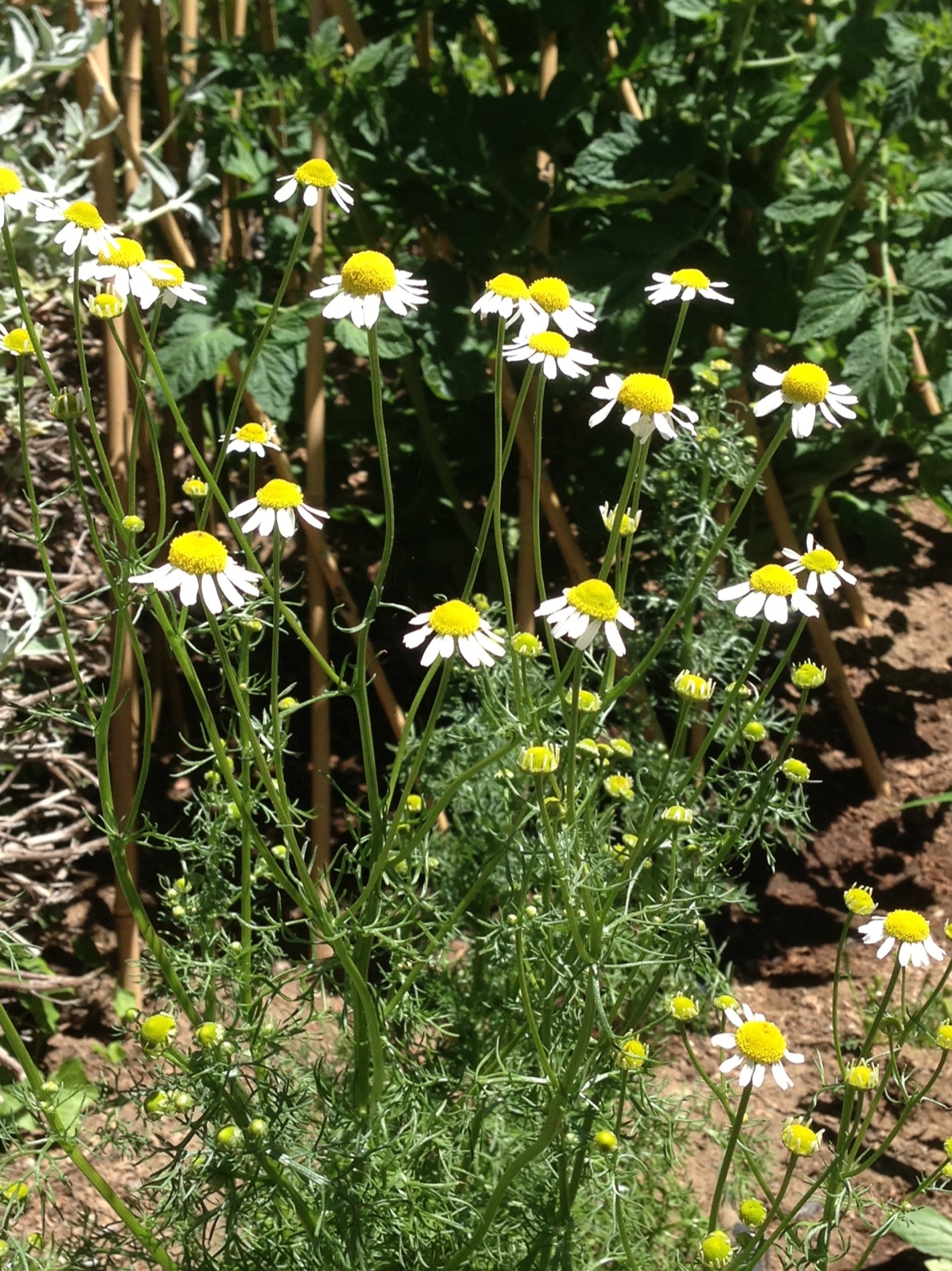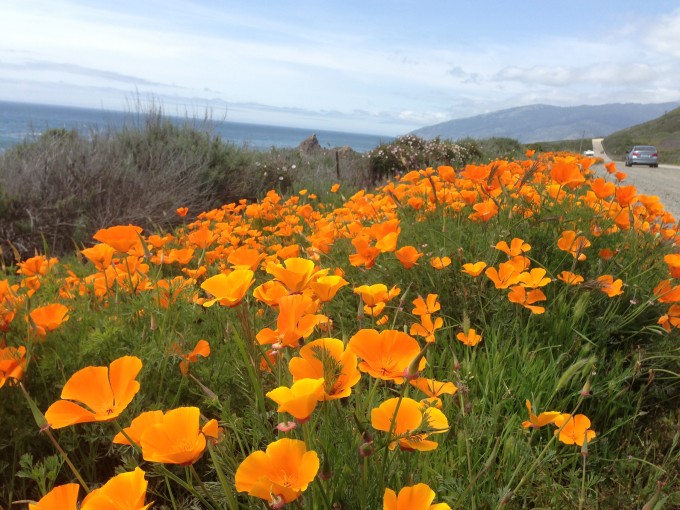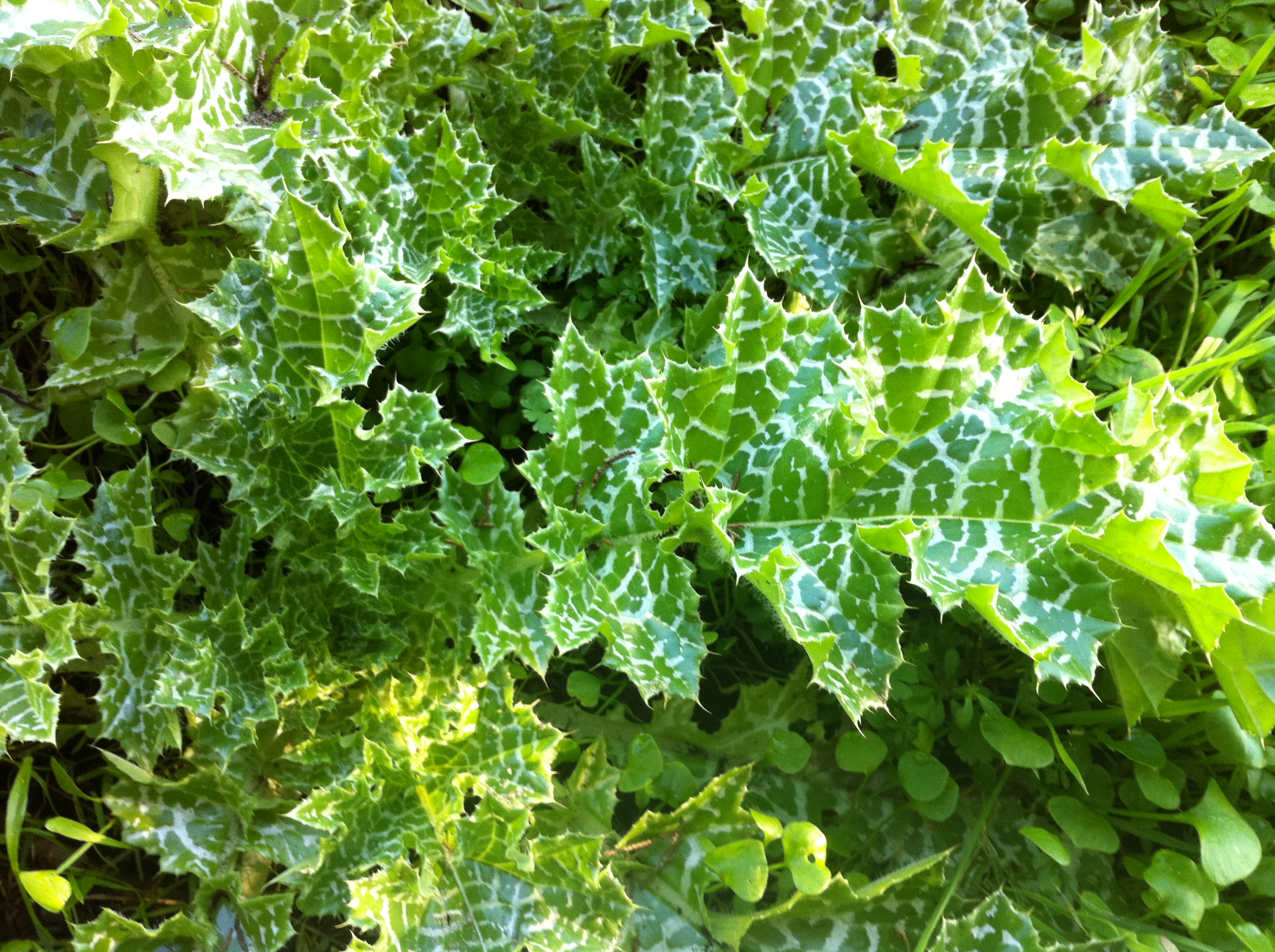It's funny how sometimes a much-loved herb will be growing right under your nose and you don't even see it. A month or so ago, my friend Darren Huckle who's a herbalist and tree expert here in Santa Cruz kindly came round to prune our fruit trees. The garden is on several levels, with a wild uncultivated strip at the top accessible by steep steps. There are shrubs and trees up there, from solid natives like self-sown Coastal Live Oak to less welcome (though pretty) interlopers such as oleander. My longterm plan is to plant an orchard of some of the unusual (to me) fruits which grow here such as pineapple guava and loquat as well as figs, mulberry and passionflower. As we pushed our way through the tall grass he suddenly called out 'you've got a hawthorn'. I was baffled. You don't see hawthorn here. In London every park is hedged with the stuff and the English countryside is afroth every May with its creamy white blossoms. But here... well, it's the first one I've seen in California and I'm not someone who doesn't look at plants.
He knows the university well and told me there were a couple of trees up there so we concluded that a helpful bird must have dropped a seed some years ago and no one got round to digging it out. I was SO happy - I've been importing hawthorn tincture from England and had little hope of harvesting here and making my own. A couple of weeks later it burst into bloom and I was up there, clinging to the hillside snipping tiny clusters of blossoms and the first leaves into a bowl. The tincture is now in my herb cupboard gently macerating away, capturing and preserving the very essence of this magical tree.
The country name for Hawthorn is May and it's always in bloom at this time of year. In the past children would gather branches and go from house to house on Mayday to ask for treats, which might be where the idea for trick or treating originated. It's a sure sign that summer is on the way and I love the way in England that it lights the hedgerows and fields so that even on a dull day the sun seems to shine.
The hawthorn (Crateagus ocycantha/monogyna - there's a whole bunch of them) bottle in my dispensary has always seen a lot of action. It's used pretty much exclusively for the heart: as a tonic to strengthen the force of the heart, slow a rapid pulse and reduce high blood pressure. There's a fair bit of research out there on its effects and I've definitely found it to be very helpful in my practice (note here that anyone with heart problems should be under care of a medical professional and consult a herbalist before using herbs - hearts are pretty critical organs...). But I also use it for the heart in a more general sense - hawthorn treats broken hearts - whether mechanically damaged or emotionally. When a relationship goes wrong, during periods of bereavement, for any heartfelt loss, time and time again I have found it to be helpful - rebuilding the heart whilst keeping it open to love, hope and possibility.
There are those who feel uncomfortable with herbs being used in this more 'energetic' sense. They feel on more secure ground working with the known plant chemicals and their demonstrable effects on the body. However my education was in both and it feels natural to me for both paradigms to happily coexist in most prescriptions I make up. Humans aren't just biological processes, nor are we wholly our emotions and thoughts - both come together to make the complete person and so it is with plants. If you want to get hippy about it, you could say that the body and spirit of the plant treats the body and spirit of the person.
If you're lucky enough to have hawthorn growing nearby and want to harvest some, it might be useful to know that I use both the flowers with early leaves, and then later in the year the matt red berries. You'll see in the photo above that when I was harvesting mine, it still had last years berries on - apparently this has happened to a lot of trees this year due to the drought. Some herbalists prefer one, some the other and one manufacturer even blends the two for a kind of complete hawthorn experience. In lab tests, the flower/leaf extract, surprisingly, has more of the highly active blue/red proanthocyanadin pigments than the berries, so some people prefer that. I'll take what I can get - my heart loves both.











